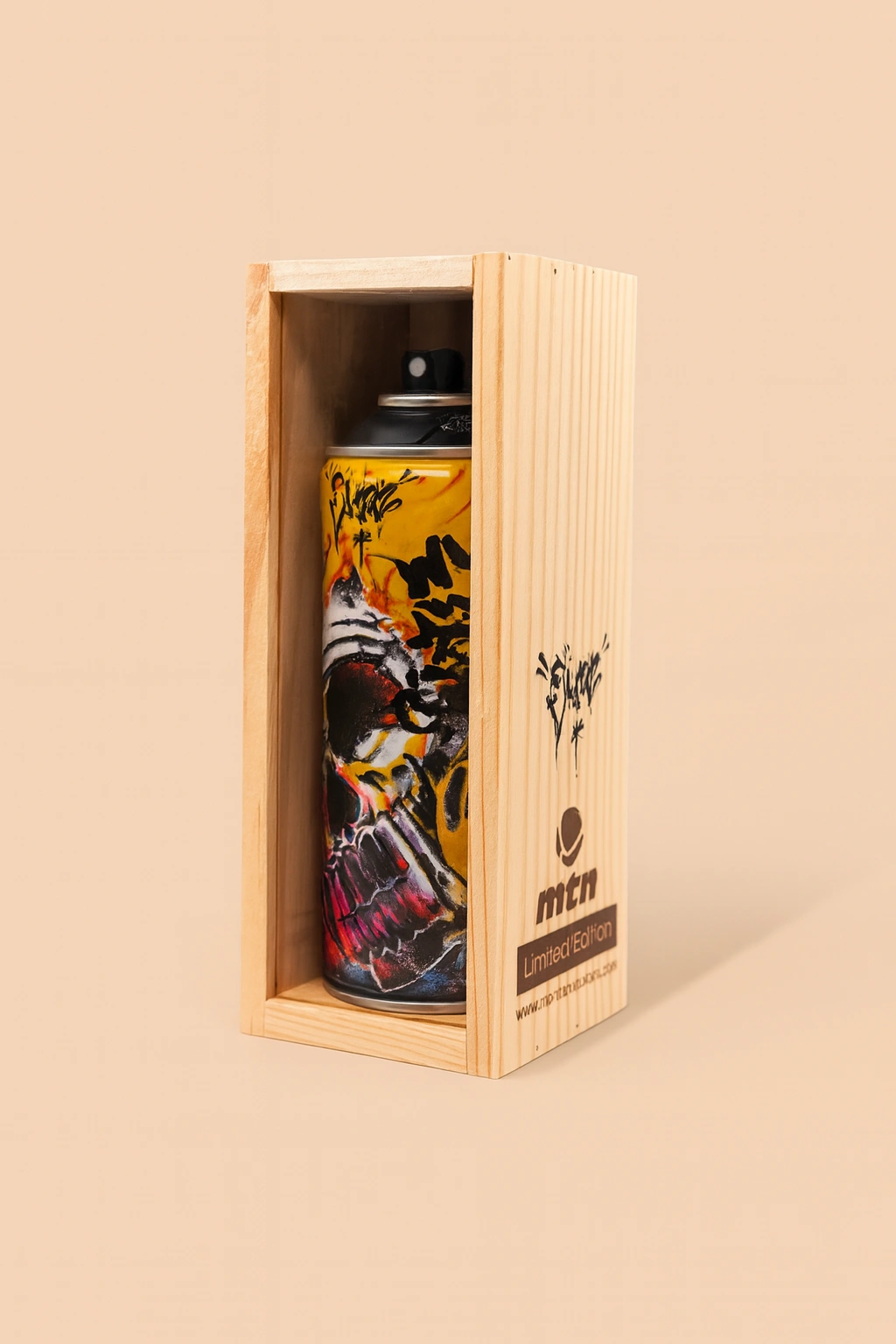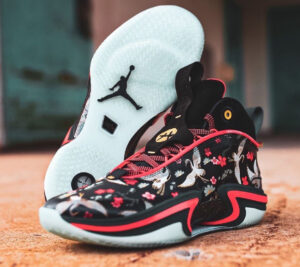Martin Wong’s El Caribre (1988) is a seminal work that epitomizes his unique ability to weave together cultural narratives, urban landscapes, and personal identity. Painted at the height of his career, this piece stands as a testament to Wong’s dedication to portraying the grit and vibrancy of New York City’s Lower East Side, where he lived and worked. With his characteristic use of detailed textures, coded imagery, and culturally resonant symbols, Wong creates a visual language that speaks to the complexities of place, memory, and identity.
Before delving into El Caribre, it’s essential to understand the artist’s context. Wong (1946–1999), a Chinese-American painter, was a key figure in the East Village art scene during the 1980s. His works often blended elements of graffiti, architectural detail, and urban culture, reflecting his fascination with the multicultural and often marginalized communities of New York. Wong’s paintings are as much about their subjects as they are about the artist himself, reflecting his personal history and deep empathy for the communities he depicted.
Wong’s artistic output is marked by a synthesis of influences, including Chinese calligraphy, Renaissance art, graffiti, and his upbringing in San Francisco’s Chinatown. His paintings often explore themes of love, urban decay, and cultural intersections, making El Caribre a quintessential example of his oeuvre.
At first glance, El Caribre is a striking composition dominated by rich, earthy tones—browns, golds, and reds—that evoke the urban warmth of its setting. The title itself, El Caribre, suggests a connection to Latin American and Caribbean cultures, which were central to the demographic and cultural makeup of the Lower East Side in the 1980s. The painting’s layered imagery reveals a densely packed urban tableau, replete with architectural fragments, symbolic graffiti, and textural detail.
The central figure—a man with a stoic expression—stands out against the backdrop of a weathered brick wall. His posture and gaze suggest a quiet strength, a resilience that mirrors the community Wong sought to honor. The man’s shirt, adorned with abstract patterns, echoes Wong’s fascination with symbols and codes. It feels as though the figure is a guardian of the urban space, embodying its history and struggles.
Above the figure, the painting features an array of text in a graffiti-like style, blending Spanish, English, and symbols. This multilingual approach reflects the linguistic diversity of the Lower East Side. Wong often incorporated graffiti elements into his paintings, using them not only as an homage to the burgeoning street art scene but also as a way to encode meaning and invite viewers to decipher his visual language.
El Caribre captures the resilience of marginalized communities. The Lower East Side, in the 1980s, was a neighborhood marked by poverty, gentrification, and cultural vitality. Wong’s painting conveys this tension through its layered textures and symbolic imagery. The graffiti, for instance, can be read as both a mark of defiance and a celebration of identity—a way for communities to assert their presence in a rapidly changing urban landscape.
The central figure’s grounded presence suggests an unshakable connection to place. This is further emphasized by the detailed rendering of the brick wall, a recurring motif in Wong’s work. The wall serves as both a literal and metaphorical foundation, representing the endurance of the neighborhood’s people and their histories.
Wong’s depiction of the Lower East Side is neither romanticized nor overly bleak. Instead, he strikes a balance, presenting the neighborhood as a space of both struggle and creativity. This duality is evident in El Caribre, where the interplay of light and shadow suggests a dynamic tension between hope and hardship.
One of the most compelling aspects of El Caribre is its exploration of cultural intersectionality. The title alone points to the influence of Caribbean and Latin American cultures, which were integral to the fabric of the Lower East Side. Wong’s use of Spanish text and graffiti elements further underscores this connection, creating a dialogue between the various cultural identities that coexisted in the neighborhood.
Wong’s Chinese-American heritage also plays a subtle role in the painting. While El Caribre is overtly focused on the Latinx experience, the meticulous attention to detail and use of symbolic language reflect Wong’s broader interest in the complexities of identity. His ability to portray multiple cultural narratives without reducing them to stereotypes is a hallmark of his work.
The graffiti in El Caribre is not merely decorative—it serves as a narrative tool. Phrases and symbols are scattered across the canvas, inviting viewers to engage with the work on multiple levels. Some of the text appears to reference political struggles, while other elements are more personal, hinting at Wong’s own experiences and relationships.
The use of text also reflects Wong’s fascination with language as a visual and cultural marker. By incorporating Spanish and English graffiti, Wong captures the linguistic hybridity of the Lower East Side, where multiple cultures intersected and influenced one another. This approach aligns with Wong’s broader interest in codes and symbols, which he often used to embed hidden meanings in his work.
Like much of Wong’s art, El Caribre is deeply personal. The painting reflects Wong’s love for the Lower East Side and his commitment to documenting its people and spaces. At the same time, the work is inherently political, addressing issues of gentrification, cultural displacement, and resilience.
The central figure in El Caribre can be seen as a stand-in for the broader community Wong sought to represent. His stoic expression and grounded posture convey a sense of defiance, a refusal to be erased by the forces of gentrification and urban renewal. In this sense, El Caribre is both a tribute to the neighborhood’s past and a call to preserve its future.
Today, El Caribre stands as a powerful reminder of the cultural richness and resilience of the Lower East Side. Wong’s ability to capture the essence of a neighborhood—its people, its struggles, its vibrancy—is unparalleled. The painting also highlights Wong’s broader contributions to contemporary art, particularly his ability to merge personal and political narratives with unparalleled technical skill.
Wong’s work has gained renewed attention in recent years, with exhibitions and retrospectives celebrating his legacy. El Caribre is often cited as one of his most iconic pieces, embodying the themes and techniques that define his career. It remains a touchstone for discussions about urban art, cultural identity, and the role of the artist as a documentarian.
Martin Wong’s El Caribre (1988) is a masterful work that encapsulates the spirit of a time and place. Through its detailed textures, symbolic imagery, and cultural references, the painting offers a nuanced portrayal of the Lower East Side and its communities. Wong’s ability to blend personal and political narratives ensures that El Caribre remains both a deeply moving tribute and a lasting commentary on urban resilience and cultural intersectionality. As viewers, we are invited to not only admire the painting’s aesthetic qualities but also to reflect on the histories and identities it represents.
No comments yet.








